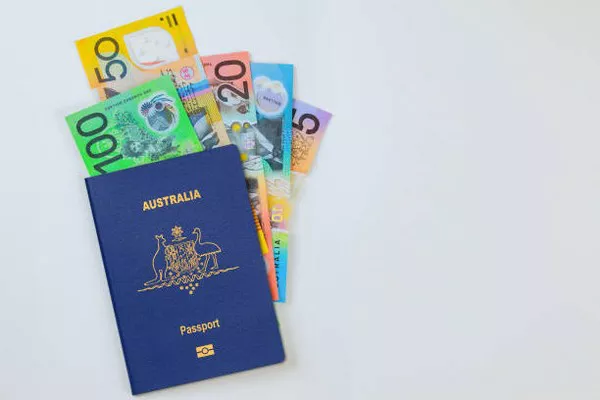The Australian dollar (AUD) holds a significant position in the global currency market, being one of the most traded currencies worldwide. Its stability and resilience are subjects of interest not only to economists and policymakers but also to investors and businesses with exposure to the Australian economy. In this article, we delve into the factors that influence the safety and stability of the Australian dollar, exploring its historical performance, key determinants, and future prospects.
Historical Performance
The Australian dollar has a relatively short but eventful history compared to currencies with longer traditions. Since its inception as a freely floating currency in 1983, the AUD has experienced periods of volatility and stability, often in response to domestic and global economic conditions.
One notable aspect of the AUD’s historical performance is its correlation with commodity prices, particularly those of key exports like iron ore, coal, and natural gas. Australia’s status as a major commodity exporter means that movements in commodity markets often have a direct impact on the value of the Australian dollar. During periods of high commodity prices, the AUD tends to appreciate, reflecting increased demand for Australian exports. Conversely, downturns in commodity markets can lead to depreciation of the AUD as export revenues decline.
Key Determinants of AUD Stability
Several factors contribute to the stability of the Australian dollar:
Monetary Policy: The Reserve Bank of Australia (RBA) plays a crucial role in shaping the value of the AUD through its monetary policy decisions. Interest rate changes, quantitative easing measures, and forward guidance from the RBA can influence investor sentiment and expectations, thereby impacting the exchange rate.
Economic Fundamentals: Macroeconomic indicators such as GDP growth, inflation, employment figures, and trade balances provide insights into the health of the Australian economy. Positive economic fundamentals generally support a stronger currency, while economic weaknesses can weigh on the AUD.
Global Economic Conditions: Australia’s close integration with the global economy means that external factors also affect the stability of the AUD. Developments such as changes in global interest rates, geopolitical tensions, and shifts in investor risk sentiment can all influence the exchange rate.
Commodity Prices: As mentioned earlier, fluctuations in commodity prices, particularly those of Australia’s major exports, have a significant impact on the Australian dollar. Strong demand for commodities from countries like China, combined with supply disruptions or expansions, can lead to sharp movements in the AUD.
Risk Appetite: The Australian dollar is often considered a risk-sensitive currency, meaning that it tends to appreciate during periods of optimism and risk-taking in financial markets, and depreciate during periods of uncertainty or risk aversion.
Recent Trends and Outlook
In recent years, the Australian dollar has displayed a mix of resilience and vulnerability in the face of various economic and geopolitical challenges. The COVID-19 pandemic, for example, initially led to a sharp depreciation of the AUD as investors sought safe-haven assets amid global uncertainty. However, aggressive stimulus measures from central banks, including the RBA, helped stabilize financial markets and support risk assets, leading to a recovery in the AUD.
Looking ahead, several factors will shape the future trajectory of the Australian dollar:
Global Recovery: The pace and sustainability of the global economic recovery post-pandemic will have significant implications for the AUD. Stronger growth prospects in major trading partners, particularly in Asia, could bolster demand for Australian exports and support the currency.
Monetary Policy Normalization: As central banks around the world begin to unwind pandemic-era stimulus measures and normalize monetary policy, the RBA’s actions will be closely watched. Any divergence in policy stance between the RBA and major central banks like the Federal Reserve could lead to exchange rate movements.
Commodity Prices: The outlook for commodity prices remains a key driver of the Australian dollar. While recent years have seen strong demand for commodities, uncertainties surrounding factors such as global trade tensions and environmental policies could introduce volatility.
Domestic Economic Conditions: The pace of Australia’s economic recovery, including factors such as employment growth, consumer spending, and business investment, will influence investor confidence in the AUD.
Geopolitical Risks: Geopolitical tensions, particularly in the Asia-Pacific region, could impact investor sentiment and introduce volatility into currency markets.
In conclusion, while the Australian dollar has demonstrated resilience and stability over time, its safety is contingent upon a complex interplay of domestic and global factors. While economic fundamentals and monetary policy remain crucial determinants, external developments such as commodity prices and geopolitical risks also exert significant influence. Investors and businesses with exposure to the Australian dollar must carefully monitor these factors and adapt their strategies accordingly to navigate currency market dynamics effectively.


